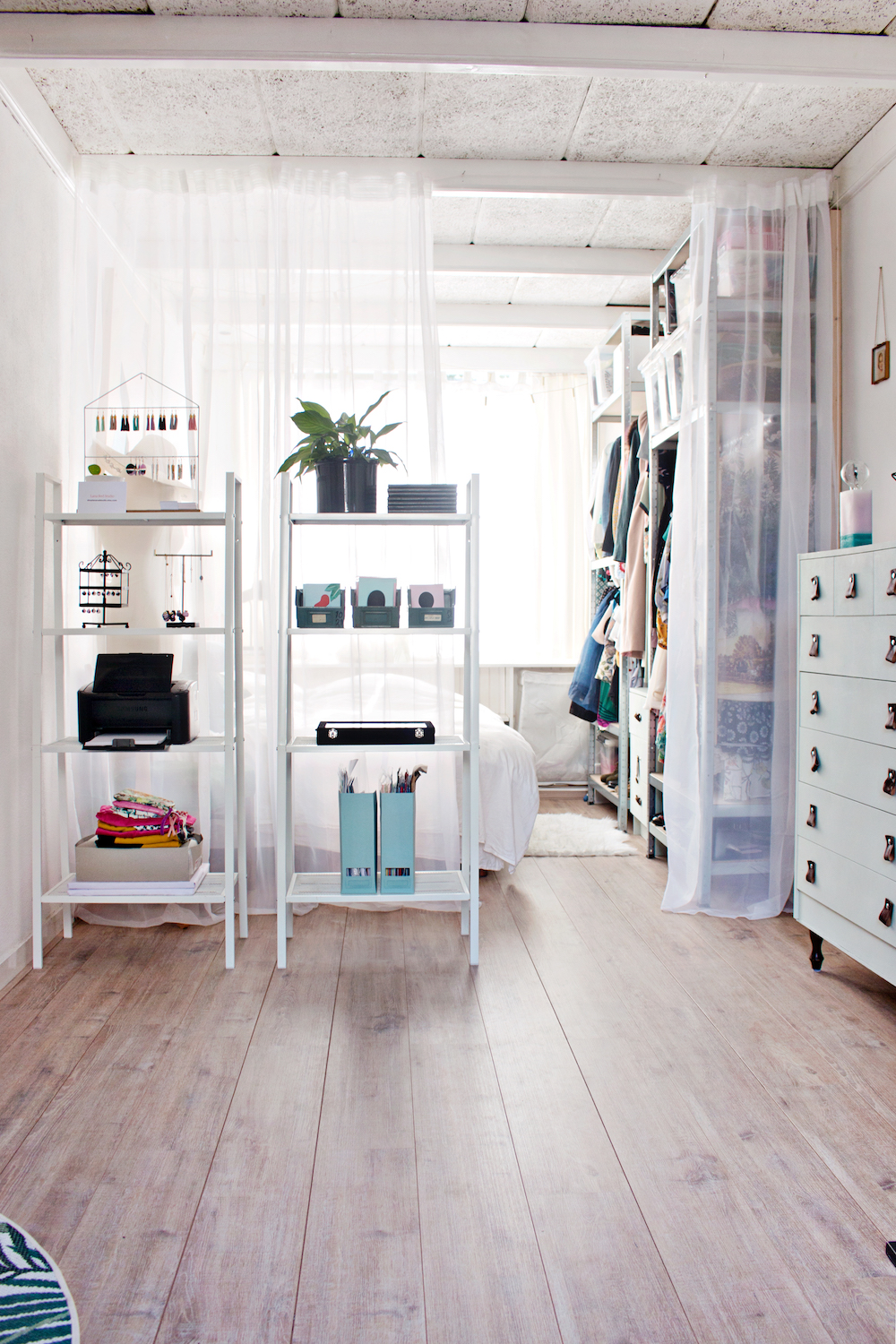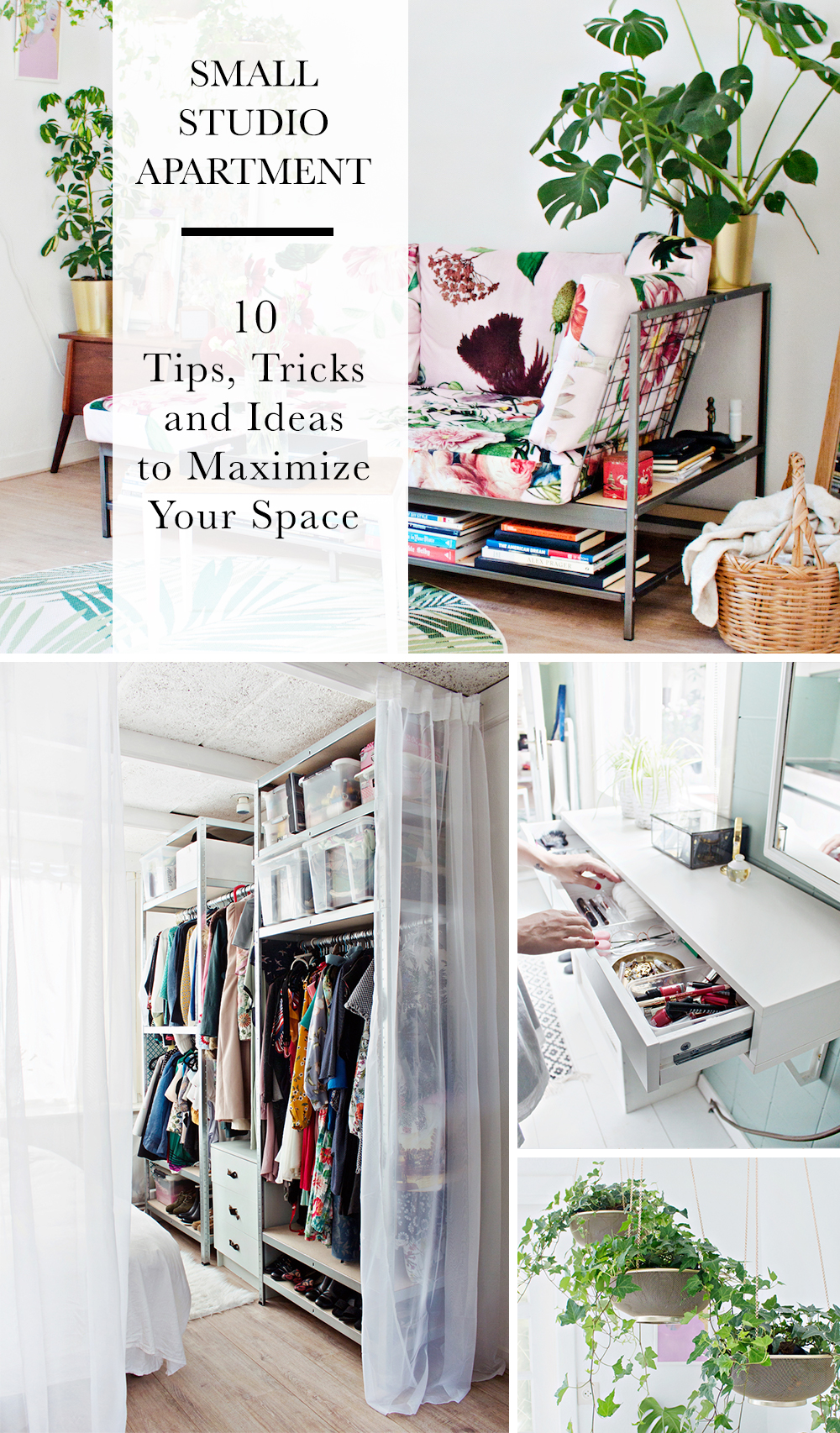Vertical gardening involves growing plants on walls or trellises to make use of vertical space, while raised beds provide a contained area for planting various fruits, vegetables, or flowers. Both methods can help create a lush and beautiful garden even in a confined space.
With a bit of creativity and planning, your small garden zone can become a thriving and enjoyable green space that enhances your outdoor living experience.

Credit: www.lanaredstudio.com
Choosing The Right Plants
In small garden zones, selecting the correct plants is crucial for creating a vibrant and thriving outdoor space. Let's explore some key considerations to help you make the best choices for your small garden.
Consider Your Climate
Before planting, assess your local climate for plants that can thrive in your specific weather conditions. Understanding the sunlight, rainfall, and temperature patterns will guide your plant selection process.
Focus On Compact Varieties
Opt for compact plant varieties that are well-suited for smaller spaces, such as dwarf shrubs, miniature flowers, and petite vegetables. These plants not only save space but also add visual appeal to your garden.

Credit: www.lanaredstudio.com
Creative Container Gardening
Gardening in small spaces often requires thinking outside the box. One of the most creative and versatile techniques is container gardening. By utilizing various containers, you can create a vibrant and dynamic garden in limited areas.
Utilizing Vertical Space
When space is scarce, look up! Vertical gardening maximizes space by utilizing walls, fences, and trellises for planting. Hanging baskets, wall-mounted planters, and ladder gardens are excellent options for small garden zones.
Mixing Plant Types
Mixing plant types in containers not only adds visual interest but also enhances the functionality of your garden. Combine herbs, flowers, and vegetables in the same container to create a diverse and productive mini garden.
Utilizing Every Nook And Cranny
In a small garden, maximizing space is essential. Utilize every nook and cranny to create a lush and vibrant outdoor oasis. With creative ideas and strategic planning, even the tiniest corners can be transformed into captivating green spaces that elevate the ambience of your garden.
Hanging Planters
Consider using hanging planters as a vertical gardening solution. They are perfect for small gardens, as they help to make the most of limited space. Hang them from a pergola or on a bare wall to add a touch of greenery and beauty without taking up precious ground space.
Underutilized Areas
Look for underutilized areas such as the space under the stairs, along fences, or under windowsills. These areas often go unnoticed, but with some creativity, they can become vibrant pockets of greenery. Use them for small potted plants, vertical gardens, or even a mini herb garden to maximize the use of every inch of your garden.
Innovative Small-space Techniques
Are you a proud owner of a small garden? Don't let limited space hold you back from turning your garden into a thriving oasis. With some innovative small-space techniques, you can maximize your garden's potential and create a beautiful green sanctuary right outside your door. In this blog post, we will explore two powerful techniques that are perfect for small gardens: Square Foot Gardening and Intercropping.
Square Foot Gardening
One of the most popular techniques for small gardens is Square Foot Gardening. This method involves dividing your garden into square foot sections and planting a specific number of plants in each square. Not only does this allow you to grow a wide variety of plants in a small space, but it also makes maintenance and harvesting a breeze.
To implement Square Foot Gardening in your small garden, start by building a raised bed with dividers, creating equal square foot sections. Choose plants that have a smaller footprint, such as herbs, lettuce, radishes, and peppers. Determine the appropriate number of plants based on their recommended spacing, ensuring they have enough room to grow and thrive.
In addition to saving space, Square Foot Gardening also helps with water efficiency. By grouping plants with similar water needs together, you can avoid overwatering or underwatering certain areas of your garden. Plus, the raised bed provides excellent drainage, ensuring your plants' roots don't sit in soggy soil.
Intercropping
Another innovative technique for small-space gardening is intercropping. This method involves planting different crops together in the same area to maximize space utilization and provide mutual benefits.
By intercropping, you can take advantage of the vertical space within your garden, allowing plants to grow upward instead of spreading out horizontally. For example, you can grow pole beans alongside corn, where the cornstalks serve as natural trellises for the beans. This not only saves space but also creates a visually interesting and dynamic garden.
Intercropping also helps with pest control, as certain plant combinations can naturally repel pests or attract beneficial insects. For instance, planting marigolds alongside tomatoes can help repel nematodes and deter aphids, reducing the need for chemical pesticides.
To successfully intercrop in your small garden, carefully choose plants that have compatible growth habits, spacing requirements, and nutrient needs. Consider the height and spread of each plant to ensure they won't compete for resources or shade each other excessively.
By harnessing the power of Square Foot Gardening and Intercropping, you can transform your small garden into a thriving, productive, and visually stunning oasis. Don't let limited space limit your green thumb! Embrace these innovative techniques and watch your garden flourish.
Maximizing Sunlight And Watering Efficiency
Creating a small garden zone requires careful planning to ensure optimal sunlight exposure and efficient watering. By strategically placing your plants, utilizing drip irrigation systems, and implementing smart techniques, you can maximize sunlight and conserve water effectively.
Strategic Placement
Positioning your plants in the right spots is crucial to harness maximum sunlight and promote healthy growth. Consider the following placement tips:
- Place your garden in an area that receives at least 6 hours of direct sunlight daily.
- Use tall plants or structures to provide shade for smaller plants that need partial sunlight.
- Align your garden bed in an east-west direction to allow the plants to absorb sunlight evenly throughout the day.
Drip Irrigation Systems
Installing a drip irrigation system can greatly enhance the efficiency of your watering process. This method delivers water directly to the plant's roots, minimizing waste and maximizing absorption. Here's why drip irrigation is ideal for small gardens:
- Conserves water by reducing evaporation and runoff.
- Ensures plants are adequately watered without over-watering, preventing root rot.
- Saves time and effort compared to manual watering methods.
- Delivers water slowly and evenly, promoting deep root growth.
Implementing a drip irrigation system not only improves your garden's watering efficiency but also offers you a sustainable and eco-friendly solution.
:strip_icc()/shed-organization-ideas-AyEAtrwHqP49dkuBoF0Xcp-efddfedc9be24264b234c12309136574.jpg)
Credit: www.bhg.com
Frequently Asked Questions On Small Garden Zone Ideas
What Are Some Small Garden Zone Ideas For Maximizing Space?
Creating vertical gardens using walls or trellises, utilizing hanging baskets or planters, and incorporating raised beds or container gardening are effective ways to maximize space in small garden zones.
How Can I Design A Small Garden Zone That Feels Spacious?
Designing a small garden zone with clean lines, using a monochromatic color scheme, incorporating mirrors to create an illusion of space, and strategically placing plants to create visual depth can all contribute to creating a spacious feel in a small garden zone.
Are There Any Specific Plants That Work Well In Small Garden Zones?
Yes, plants such as dwarf or compact varieties of trees, shrubs, and vegetables are ideal for small garden zones. Additionally, low-growing ground covers and small perennials that don't take up much space but still provide visual interest can be great options for small garden zones.
Conclusion
Incorporating these small garden zone ideas can enhance your outdoor space and improve your overall quality of life. By implementing strategic plant selection, efficient space utilization, and creative design techniques, you can transform even the smallest garden zone into a lush, thriving oasis.
Embrace the potential of your outdoor space and enjoy the beauty and tranquility of your own little garden paradise.

0 Comment to "Small Garden Zone Ideas: Discover the Secrets to Maximizing Your Space"
Post a Comment